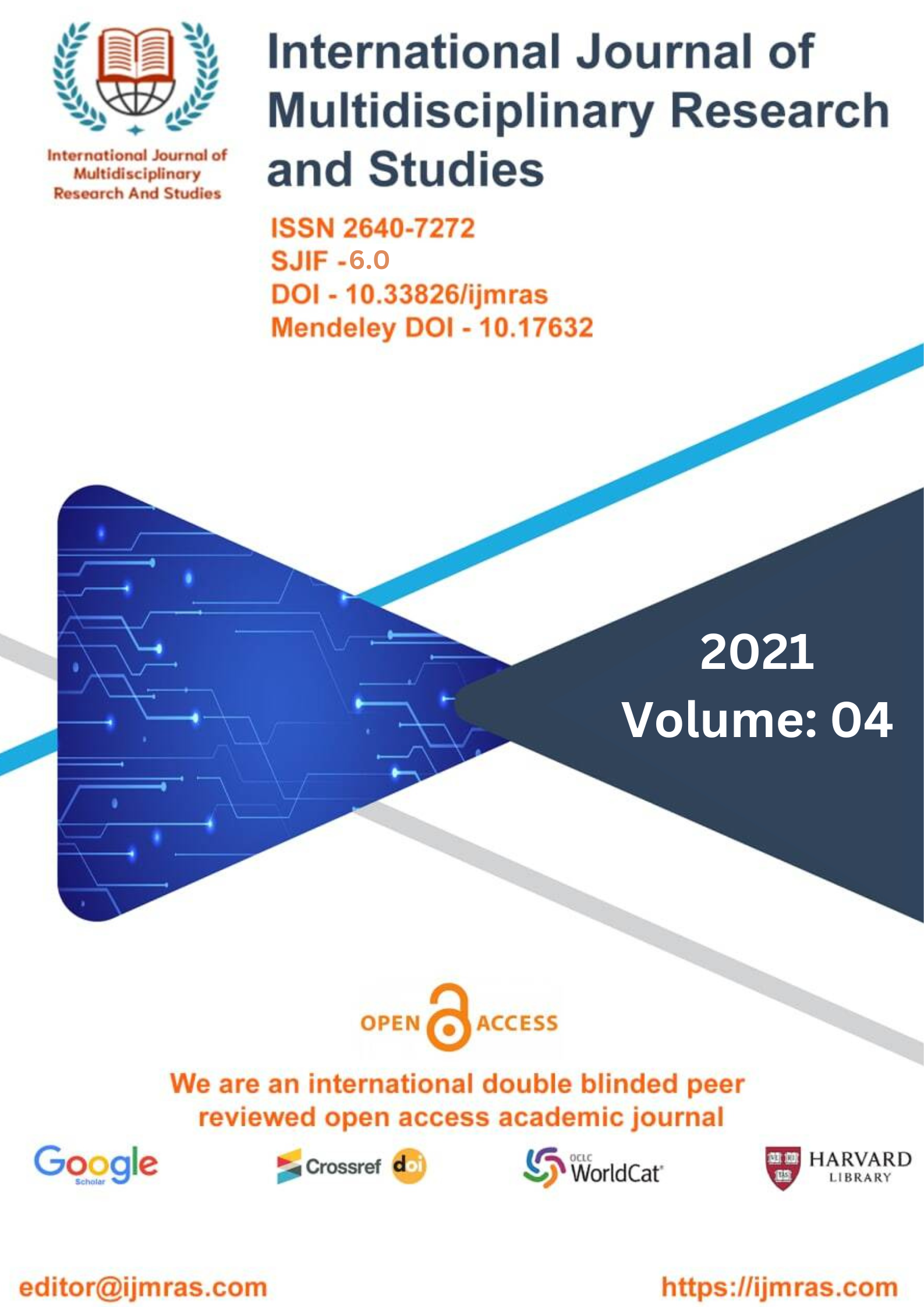A STUDY OF THE SOCIAL INEQUALITY AND ITS EFFECTS ON INDIAN SOCIETY

Abstract
Exclusion is a consequence of social inequality. Commonly referred to as "social inequality," this phenomenon describes patterns of uneven access to social resources. It's a varied path to money, power, and status for various people. Inequality may exist in society based on factors such as gender, race, age, ethnicity, religion, and even kinship. Hegemony is a means by which inequality may be maintained over prolonged periods of time. The dominance of culture by one particular cultural group over another results in the exaltation of some cultural ideas, values, and practises at the expense of those of other cultures. This phenomenon is known as hegemony. Marx and Engels claimed that the true foundation of social and political disparity was property, and that because primitive cultures did not have private property, there was no state and no class or inequality in such societies. In communities that are organised according to ranks and strata, inequality has developed into a pervasive and enduring characteristic. The practise of the caste system in India is an example of a social stratification system in which racial or cultural disparities serve as the primary criteria for assigning social position. Membership in a caste is predetermined at birth and is not subject to change; castes have names and are territorially demarcated. Caste is a rigorous system of occupationally specialised, interdependent groups that has remained a key social institution in India. Caste is also known as the social stratification system. The caste system has always been one of the most prominent aspects of Hindu civilizations; yet, Muslim and Sikh groups have also preserved some aspects of the caste system, despite diverging philosophically and practically from Hindu practises and beliefs. The purity and contamination traditions that were used to organise political, economic, and ceremonial life are what are employed to rank the various castes.
Keywords
social, inequality, Indian, societyHow to Cite
References
Aghion, P., Caroli, E. and Garcia-Penalosa, C. (1999) Inequality and economic growth: the perspective of the new growth theories. Journal of Economic Literature 37(4): 1615-1660.
Arellano, M. and S. Bond (1991); “Some Tests of Specification for Panel Data: Monte Carlo Evidence and an Application to Employment Equations,” Review of Economic Studies, 58(2), 277-297.
Arellano, M. and O. Bover (1995); “Another Look at the Instrumental Variable Estimation of Error- Components Models,” Journal of Econometrics, 68(1), 29-51.
Barro R. and J. Lee (2013) “A new data set of educational attainment in the world, 1950–2010”, Journal of Development Economics, Volume 104, Pages 184-198
Coulombe S and J Tremblay (2006) "Literacy and Growth," The B.E. Journal of Macroeconomics, vol.
D’Addio, 2007 "Intergenerational Transmission of Disadvantage: Mobility or Immobility Across Generations?," OECD Social, Employment and Migration Working.
OECD (2010) “Going for growth. Responding to the Crisis while Protecting Long-term Growth” OECD, Paris.
OECD (2012), Education at a Glance 2012: OECD Indicators, OECD Publishing
Ostry J., A. Berg and C. Tsangarides (2014) “Redistribution, Inequality, and Growth” IMF Staff discussion note, February
Barro R. and J. Lee (2013) “A new data set of educational attainment in the world, 1950–2010”, Journal of Development Economics, Volume 104, Pages 184-198
Clarke, G.R.G. (1995) More evidence on income distribution and growth. Journal of Development Economics 47(2): 403-427.
Forbes, K.J. (2000) A reassessment of the relationship between inequality and growth. American Economic Review 90(4): 869-887.
Hassler, John, José Rodríguez Mora and Joseph Zeira, 2007, "Inequality and Mobility," Journal of Economic Growth, 12(3), 235-259.
Hanushek, E. and L. Woessmann (2012) “Do Better Schools Lead to More Growth? Cognitive Skills, Economic Outcomes, and Causation” Journal of Economic Growth, 17(4), December 2012, 267- 321.
License
Copyright (c) 2021 Lokmani

This work is licensed under a Creative Commons Attribution 4.0 International License.
Individual articles are published Open Access under the Creative Commons Licence: CC-BY 4.0.



